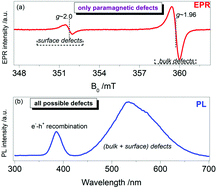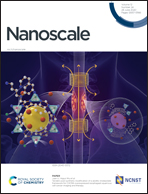Synergy of nano-ZnO and 3D-graphene foam electrodes for asymmetric supercapacitor devices
Abstract
Two kinds of electrode materials were produced to fabricate asymmetric supercapacitor devices: (i) Highly defective, n-type wide bandgap semiconductor ZnO nanocrystalline electrodes below 50 nm were synthesized with the aid of the high energy ball milling technique. (ii) Flexible 3D-graphene foams were synthesized via the chemical vapor deposition technique. Extensive defect structure analysis was performed via enhanced characterization techniques mainly the spectroscopy ones: electron paramagnetic resonance (EPR), Raman, and photoluminescence (PL). Compared to bulk ZnO electrodes the nanoscale ZnO electrodes revealed a dramatic increase of defect concentration. The surface defect plays a crucial role in the electrochemical performance of supercapacitor devices. Strong decreases in charge transfer resistance were observed for the smallest crystallite size which is 15 nm. This work also shows that synthesis, controlling the defect structures, electronic and electrical characterization and the device production are extremely important to obtain high performance faradaic asymmetric supercapacitors.



 Please wait while we load your content...
Please wait while we load your content...